Photomontage
 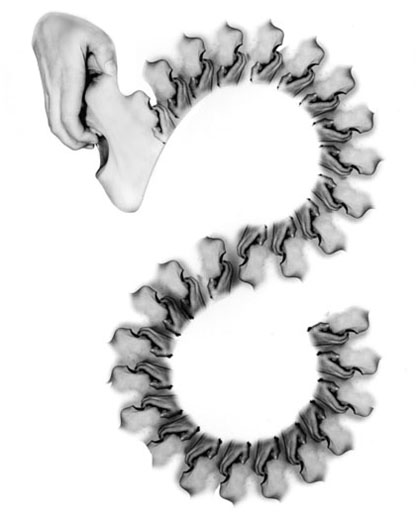 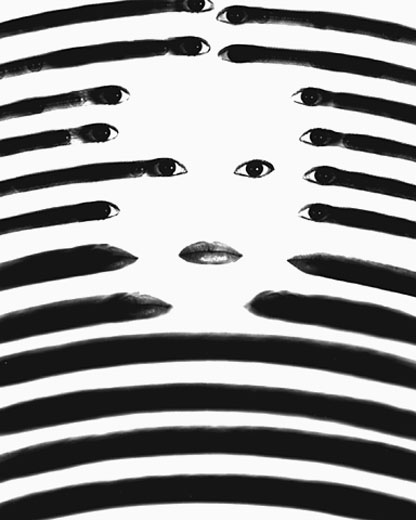 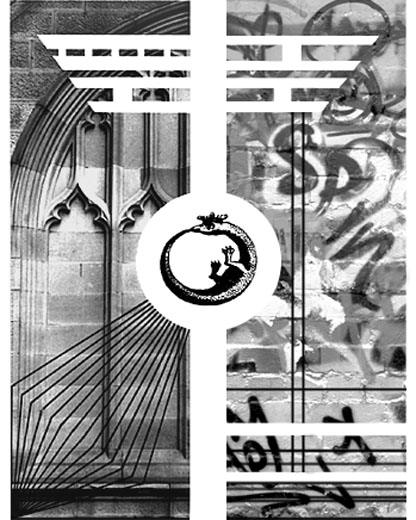 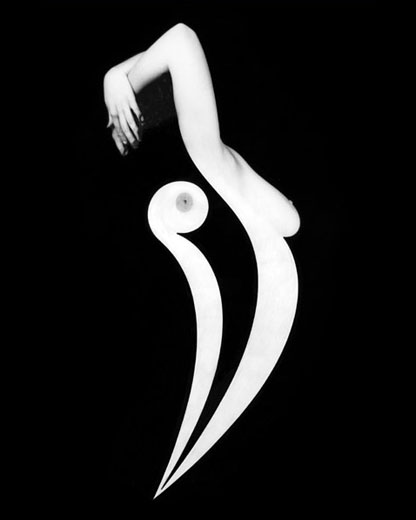 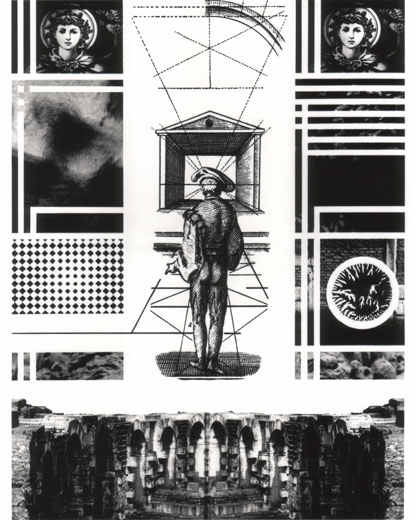 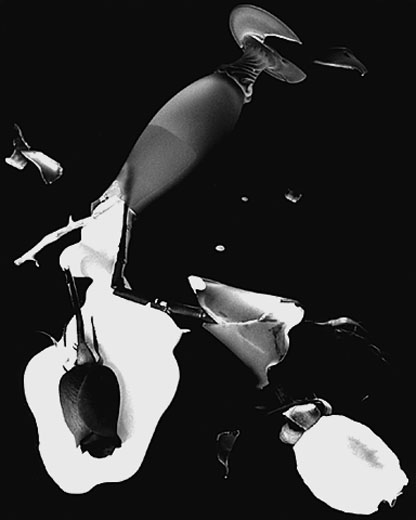 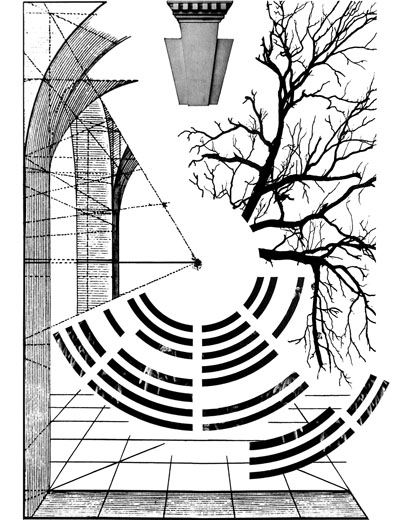 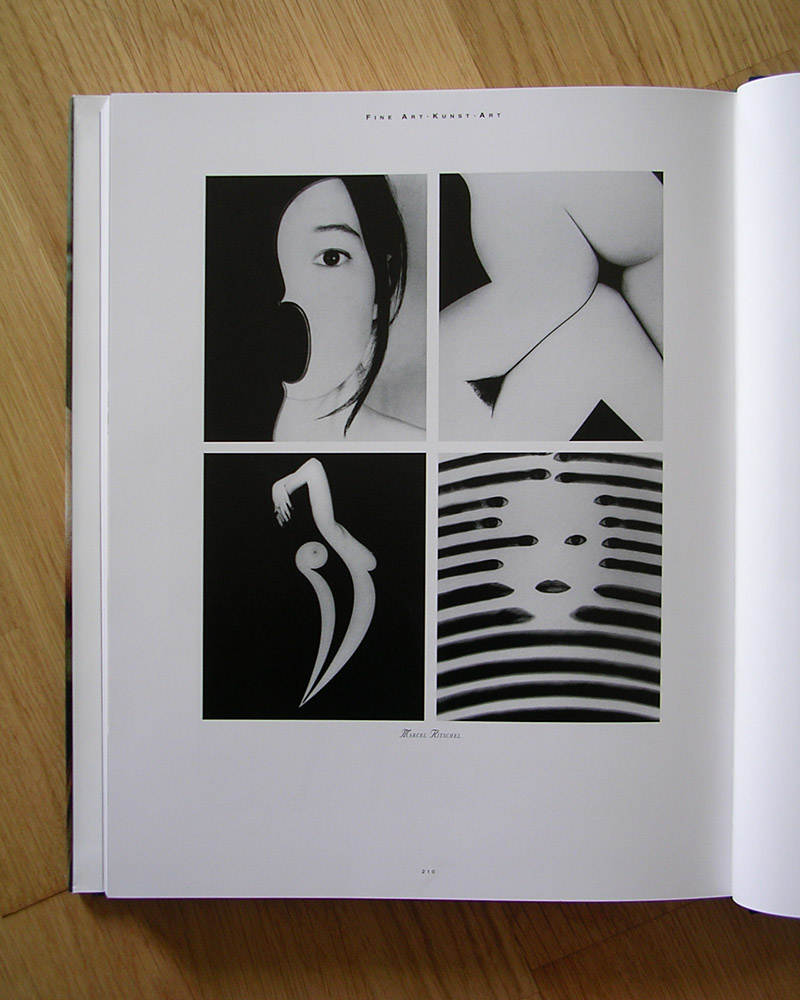 |
Simultaneous Moments
1992
Biochemical Extremities
1990
Visual Perseveration
1992
Dragon Gate
1993
Anima
1990
Morpheus
1994
Mother's Day
1988
Splendor Solis
1994
Published artwork
1993
|
These pictures were created by designer/artist Marcel Ritschel between 1990 and 1994. They have their basis in silver gelatin film, combination printing and montage.
Technology
The photos were taken with a Mamyia TLR or Pentax 67 SLR using Kodak T-Max film. The artwork itself was produced in a black-and-white darkroom, as well as in the atelier. In a final step, the finished photomontage was photographed using Kodak Techpan and then printed on Ilford Multigrade paper.
Intent / Strategy
In his Treatise of Painting, Leonardo da Vinci wrote that the eye "discovers a thousand objects in an instant - but
then sees them very confusedly, and in effect does not discern above one at a time." He advised that in order to "gain
any determinate knowledge of what you have seen, you must consider it piecemeal, forming the letters into words, and
those again into periods." Da Vinci's theory on the nature of human perception was confirmed when experiments with
eye-tracking devices revealed that an image is "constructed" via darting glances rather than being perceived at once
in its entirety.
Ritschel subscribed to the view that a photograph is not truthful or objective just because it owes much of its
existence to an autonomous mechanical process. He also believed that by selecting and framing a subject, the
photographer has isolated it from its context, thereby elevating if not aestheticizing it. And when photography is
seen as a system of visual editing, it can be used to acquire images or image elements for a constructed reality.
Concept / Content
The negative-positive process carries the potential of interpretive intervention between film exposure and the print.
Nevertheless, the effect of a photomontage depends on the common perception of photography as a closed technical
system, as well as physical points of origin in space and time.
The artist became interested in combination printing [where multiple negatives are used to create one print] after
seeing the work of Jerry Uelsmann as a student. His further inspirations included Surrealist art, Cyberpunk novels,
and electronic music. The artworks' subject matter revolves around human- and tectonic forms, the intimate and the
monumental. For the artist, the use of architectural* elements to assemble gateways and passages constituted a symbol
of personal transformation.
Morpheus
 is an extrapolation where the viewer is prompted to step into an avataric figure in order to escape from a bloody
theatre and rise toward the angels of the "crystalline spheres." The same dynamic of receding spaces over time
[from earliest- to last image] repeats itself in the digital artworks from 1995
onwards.
is an extrapolation where the viewer is prompted to step into an avataric figure in order to escape from a bloody
theatre and rise toward the angels of the "crystalline spheres." The same dynamic of receding spaces over time
[from earliest- to last image] repeats itself in the digital artworks from 1995
onwards.
* The body/house metaphor goes back to 19th Century literature and was also treated extensively by Bachelard.
